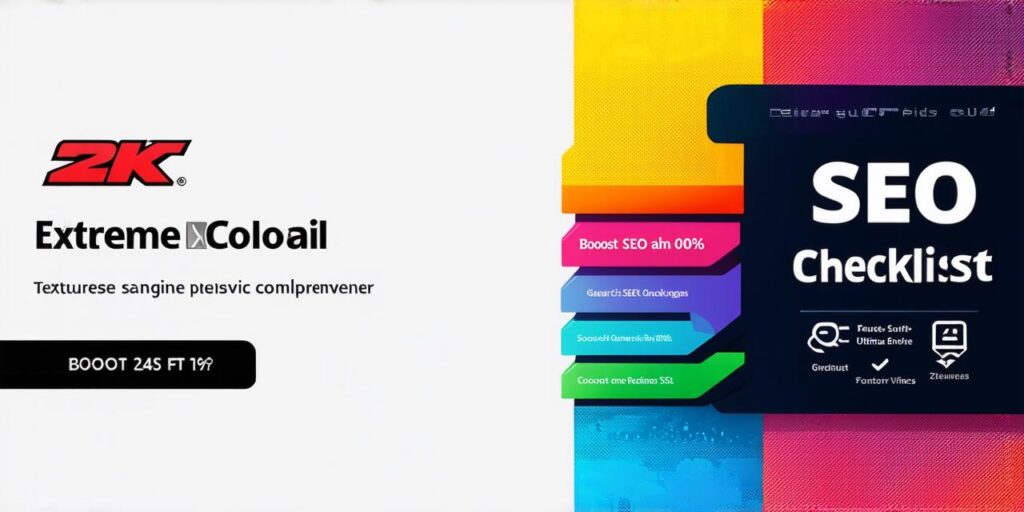
Are you tired of your website appearing in the lower search engine rankings? Are you looking for ways to improve your website’s visibility and attract more traffic? Look no further than our ultimate SEO checklist! In this guide, we will walk you through all the steps you need to take to optimize your website and boost your search engine ranking.
Step 1: Keyword Research
The first step in any successful SEO campaign is keyword research. This involves identifying the keywords and phrases that your target audience is using to find products and services like yours. By conducting keyword research, you can determine which keywords are most relevant to your business and optimize your website’s content around those terms.
One effective way to conduct keyword research is to use tools like Google Keyword Planner or SEMrush. These tools will help you identify popular keywords and phrases, as well as their search volumes and competition levels. By targeting long-tail keywords with low competition, you can increase your chances of ranking higher in search engine results pages (SERPs).
Step 2: On-page SEO
On-page SEO involves optimizing the individual elements of your website to improve its visibility and relevance in search engine results. This includes optimizing page titles, meta descriptions, and headings to include target keywords, as well as improving website speed and mobile responsiveness.
According to a study by Google, mobile-first indexing is now the norm. This means that Google prioritizes mobile-friendly websites in search engine results, so it’s important to ensure that your website is optimized for mobile devices. You can do this by using a responsive design and compressing images to improve loading times.
Step 3: Content Creation
Content creation is a crucial component of any SEO strategy. By creating high-quality, keyword-rich content that provides value to your target audience, you can improve your website’s visibility and attract more traffic.
One effective way to create content is through blog posts. By writing about topics related to your business, you can establish yourself as an authority in your industry and attract organic traffic to your website. Additionally, guest posting on other websites can help you reach a wider audience and improve your website’s visibility.
Step 4: Link Building
Link building involves acquiring links from other high-authority websites to your own. This helps to establish your website as an authoritative source of information and improves its visibility in search engine results.
There are several effective link building strategies, including outreach, guest posting, and broken link building. By reaching out to other websites in your industry and offering valuable content or resources, you can acquire links that improve your website’s authority and visibility.
Step 5: Tracking and Analysis
Tracking and analysis are essential for measuring the success of your SEO strategy. By using tools like Google Analytics and SEMrush, you can monitor key metrics like organic traffic, search engine rankings, and keyword performance.
By regularly analyzing this data, you can identify areas where your website is performing well and areas that need improvement. This information can be used to adjust your SEO strategy and optimize your website for better results.
Real-life example:
Let’s take the example of a development company called XYZ that provides custom software solutions to small and medium-sized businesses. By implementing the above steps, XYZ was able to improve its search engine rankings and attract more organic traffic to its website.

FAQs:
Q: What is the best way to conduct keyword research?
A: Use tools like Google Keyword Planner or SEMrush to identify popular keywords and phrases, as well as their search volumes and competition levels.
Q: How can I optimize my website’s content for SEO?
A: Incorporate target keywords into page titles, meta descriptions, and headings, as well as creating high-quality, keyword-rich content that provides value to your target audience.


